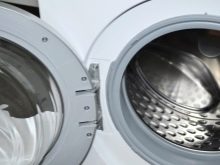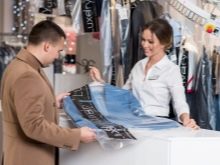What is pikachu fabric and what is sewn from it?
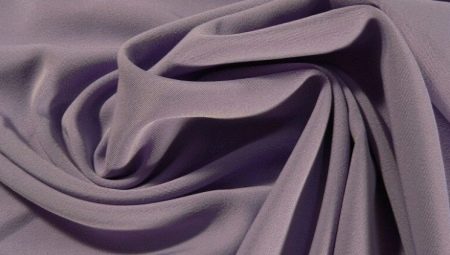
Pikachu is a modern material with unique characteristics. In the article we will consider its production, tell you how it looks, note the main nuances of care and scope of use.


general description
"Pikachu" ("pikacho") is a synthetic textile made from polyester and elastane yarns. The ratio of elastane in the fabric does not exceed 6%. If it is less, the fabric stretches worse. Thanks to the special weaving, the textile is bielastic (stretches along the warp and weft). However, there are also options on the market with the traditional weft stretch. In general, the material belongs to the varieties of the costume and dress group.
Pikachu is a moderately dense fabric with a standard width and a varied color palette. Its density varies between 200-450 g / m2. The right side of the fabric is slightly rough with a noticeable pattern of intertwined threads. The weave is complex twill diagonal, moderately dense, more pronounced on the front side.
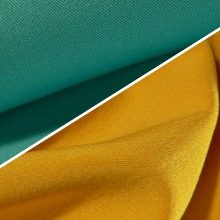
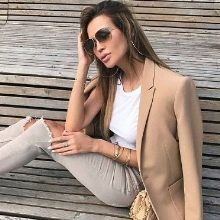

Specifications
The mechanical characteristics of the material include high tensile and bursting strength, elasticity, and wear resistance. Pikachu drapes well, the fabric is wrinkle resistant. Among the physical properties, there is a low hygroscopicity and a low ability to absorb water. Textiles do not attract dust, they have weak values of water and vapor permeability. It does not store electricity. In terms of technological properties, it is inferior to many other analogues. Almost all types of material are poorly formed. The only exceptions are options that include spandex. The material is easy to use.It does not slip during cutting, does not leave pinholes after removing basting stitches and temporary stitches. Has a weak edge flaking.
The fabric looks great in ready-made clothes, it is considered practical and durable to use. Does not wear out with active wear, it is well washed. Suitable for sewing products of different cuts and styles. Pikachu is resistant to snags and snags. However, in spite of its durability, in places of greatest friction it can acquire a shine characteristic of worn-out things. Along with this, it is not prone to pilling. Thanks to the polyester backing, it perfectly retains the original color brightness.
The material is picky about the choice of decor and finishing inserts. It is hygienic and does not irritate the skin.
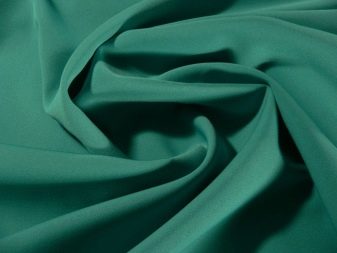
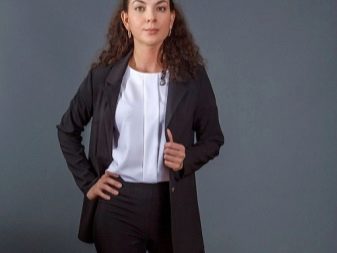
Features of production
The volume of polyester in the material is 90-99%. Depending on this, the percentage of other components differs. In addition to the classic composition, viscose fibers can be woven into the fabric during manufacture, wrapping them around an artificial base. Thanks to this feature, it is possible to increase the strength of matter. When the viscose is fully fastened, the shape is retained, the material becomes resistant to deformation. In the course of production, it is allowed to partially replace the polyester fiber with viscose. The maximum values are 30%. The material is produced in a factory way on weaving equipment.
This creates a pattern diagonally 45 degrees from left to right. However, the angle of inclination of the pattern depends on the number of threads used, warp and weft. During weaving, complex intersections of vertical and horizontal fibers are formed. This creates an extension of the slabs. The complex twill weave is characterized by the alternation of diagonals of different widths. Such materials are considered two-sided. They have very similar small-patterned weaves on the seamy side and the front side. They are produced taking into account the requirements of GOST 29223-91. The Japanese were the first to produce fabric about 20 years ago.
The largest modern suppliers are the brands of China and Korea.
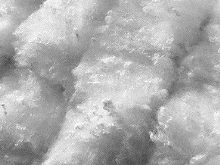

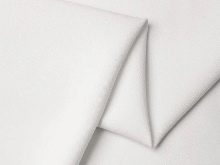
Views
All types of pikachu are divided into 2 groups: Heavy and Lite. They are distinguished by their density and elasticity. The variants of the first group are denser. The fabrics practically do not stretch along the weft. They are used for the manufacture of outerwear. Analogs of the second type are considered paid, of which light clothes are sewn. According to the color scheme, the material is monochromatic and with a pattern. The color of the textiles is uniform. Colors can be neutral (white, gray, black) and natural (green, beige, milky, brown, sand).
A large part of the color palette is made up of bright colors and shades of pastels. In addition, the tones are dark, which is good for the production of products in a classic style. Traditional prints - plaid and stripes, typical of costume fabrics. The pattern is created by weaving contrasting threads into the main fabric. The lines of the drawing are usually not very pronounced.
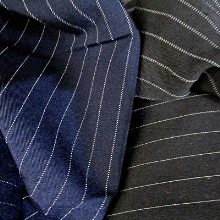
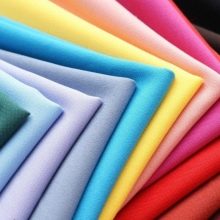

Applications
The main area of use is sewing women's and men's clothing. Pikachu allows you to realize a wide variety of ideas - from simple suits with a laconic cut to sets with carved details, pockets, lapels, shuttlecocks, assemblies. The most popular options are materials in dark brown, black, burgundy, dark blue. Dresses, sundresses, skirts, blouses, tops are sewn from such fabric. From it you can sew a school uniform, decorating it with a white collar and cuffs. It goes well with openwork aprons made of guipure and lace fabric.
In this case, the shape can be different: in the form of sundresses, twos (vests and trousers, skirts), triplets (with a jacket or jacket lined). Unlike standard plain weave fabrics, the fabric does not restrict movement. Thanks to this, textiles are used for the production of tunics, T-shirts, turtlenecks, cardigans, light jackets. Options with less elasticity are suitable for sewing ponchos.The fabric is used for making casual, festive wear. Office and business suits are sewn from pikachu. Coats are made from materials with a particularly dense structure. The needlewomen make various products from the remnants of matter.
Despite its density and atypical weaving, it makes practical stools and armchairs, as well as cushion covers.
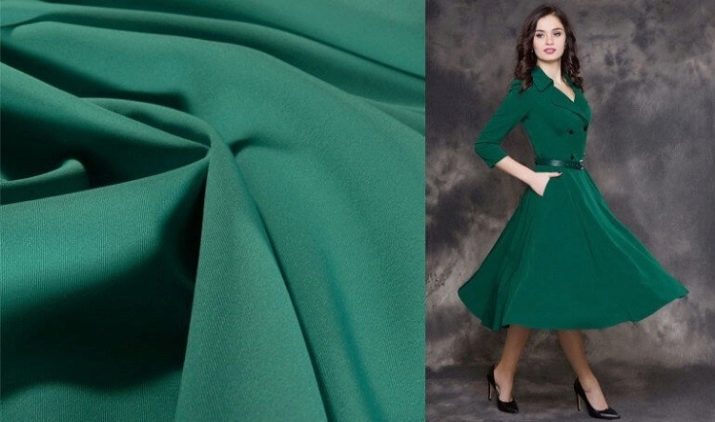
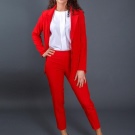




Care rules
The material is not capricious in operation, but in order to extend the service life, you need to follow a number of simple rules.
- You can wash it by hand or in a washing machine. Standard mode - short or delicate wash at a temperature of 30 (40) degrees.
- The maximum washing time does not exceed 1 hour. Pikachu must not be washed with items made from other fabrics and must not be mixed with items of different color.
- Heavily soiled outerwear is usually dry-cleaned. However, it can also be washed in warm water on a delicate cycle.
- The detergent is selected taking into account the color and type of wash. Hand powders produce more foam and are less likely to rinse out.
- No streaks remain on the material after drying. If in doubt about the powder, you can wash the product using a special liquid gel.
- Cannot bleach synthetic material. This will change its color. Do not use chlorine-containing detergents for washing.
- You should not twist the garments at maximum speed so that the fabric does not stretch diagonally and does not wrinkle in places that are difficult to iron.
- You need to dry the product from pikachu in a straightened form. Drying should be natural. Do not speed it up by hanging the product on heating radiators or a heater.
- You need to iron the material through a thin cotton cloth. If not used, permanent weeds will form on the surface of the textiles.
- Correct ironing is done from the wrong side. In no case should the material be ironed from the face, especially in the places of darts, collar lapels, patch pockets and sides.
- The ironing mode must be set to two or "silk". This is enough to steam out the crumpled material, to make the product look decent.
The ironed product must be stored in a closet. If the item is not being used, it is best to cover it with a garment cover. This protection will help prevent dust from accumulating on the collar and shoulders.
Items that are stored in the closet for a long time need to be ventilated periodically. This is especially true for city apartments with a lot of dampness inherent in many modern houses.
